Dandenong over the years: Dandenong Market, town hall, the Dandy pig
Take a look at the changing face of Dandenong — from 19th century market town to bustling commercial and cultural centre.

South East
Don't miss out on the headlines from South East . Followed categories will be added to My News.
There was a time when Dandenong — one of Australia’s most culturally diverse cities and a teeming hub in Melbourne’s expanding south eastern corridor — was once a market town and a staging post to Gippsland.
By 1850, the area rich with abundant soil, river red gums and open land, was used for grazing and a decade later, a livestock market had been established, and was known as the ‘Gateway to Gippsland’.
Among the many features of Dandenong is the market, a constant hub of commercial activity since it opened in 1866.
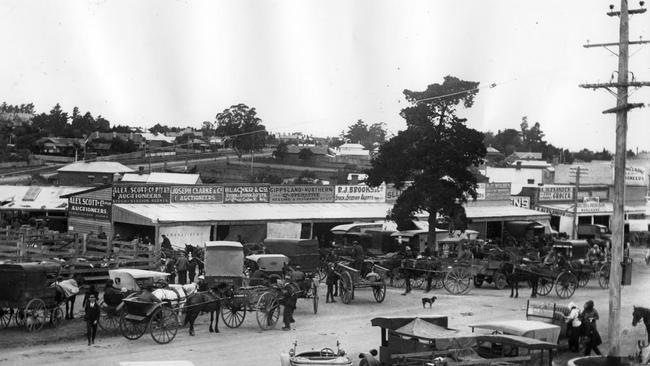
The lively livestock sales continued until 1959 with the market later moving from the heart of Dandenong to purpose-built facilities on Cleeland and Clow streets.
The iconic Dandenong Pig neon sign was installed the same decade and remained on Lonsdale St for over 30 years.
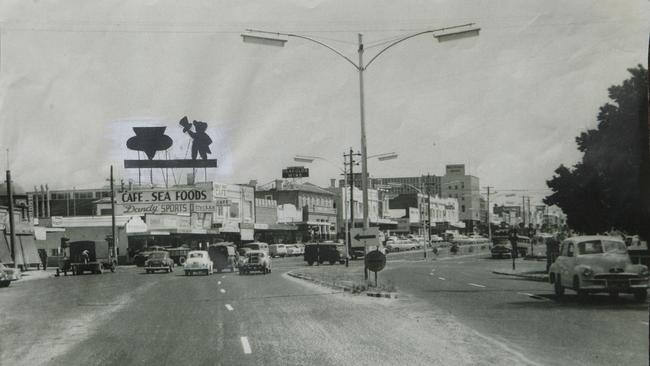
The pig was erected by the Dandy Bacon Factory, which opened in 1911 and ended up processing 156,000 a per year, with almost one third being purchased through the Dandenong Stock Market.
In 1993, the Dandy Pig was recovered from storage and displayed at the produce market on Clow St.
Between 2005 and 2010, Dandenong Market received a major $26m facelift to ensure it remained Dandenong’s most recognisable cultural icon and fresh food shopping destination.
Expanded meat, fish and deli sections as well as an expansive general merchandise trading halls opened, while Sunday trading was added to its operating hours in 2013.
The Dandenong Town Hall was built in 1890 at a cost of 9269 pounds
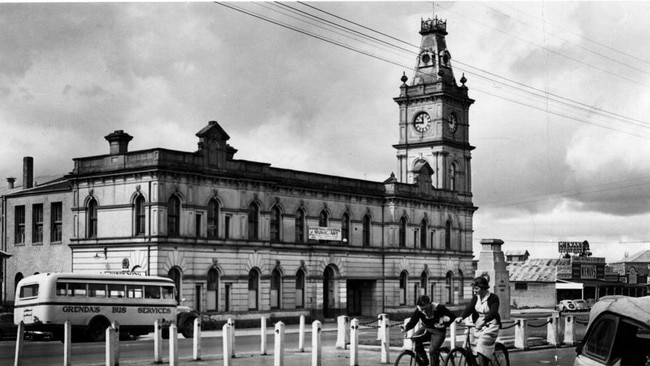
It was made with local bricks and housed an upper level room for the Mechanics Institute, library and incorporated a law court.
A major redevelopment of the town hall was funded to convert the building into a performing arts venue, opening in 2006 with a 520-seat auditorium with fly tower and orchestra pit, rehearsal rooms and conference facilities.
The Drum Theatre includes restorations of the 1890s historic facade and clock tower.
The post-war industrial boom brought an influx of European migrants — particularly from Greece and Italy — and aided in the continued prosperity of the town.
As one of Australia’s fastest growing metropolitan areas, Dandenong became home to big retailers such as Moran & Cato, Crooks National Stores and Crofts.
In November 1963 the Coles Company opened and was, at the time, Australia’s largest free standing supermarkets — with 14 check-outs and about 50m of refrigerated cabinets.
Myer was renovated in 1995, covering three levels, with Target occupying the ground level.
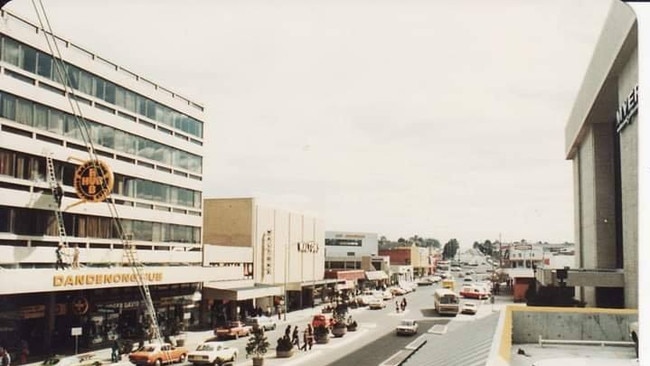
Dandenong Plaza Shopping Centre emerged and attracted an impressive line-up of retailers including the major supermarkets with national and international brands.
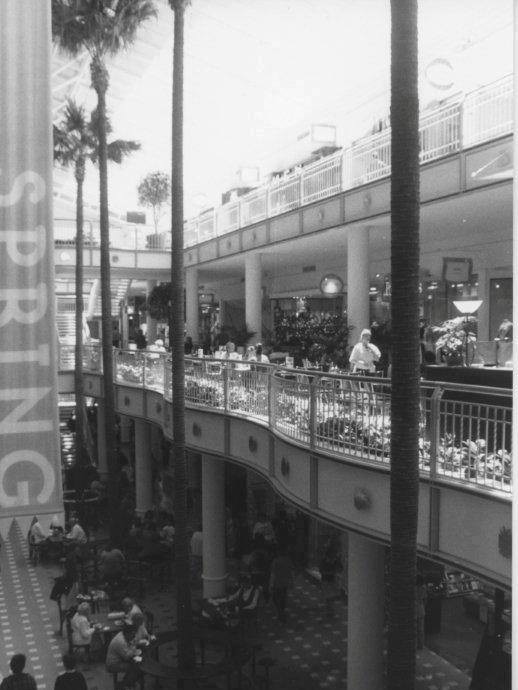
However, this resulted in Lonsdale St taking a fall, and many shops closed on the strip and on the western side of the activity centre.
Woolworths closed and was divided into two stores, and Coles followed shortly after and was eventually turned into Chemist Warehouse.
This downturn saw vacancies open up, which is when cultural groups started stepping in to fill the spots.
In 1990, the Little India precinct emerged in Foster St and grew to a cluster of 30 individual businesses, and by 2000 the Afghan Bazaar cultural precinct in Thomas St had grown to a recognisable concentration of specialty shops.
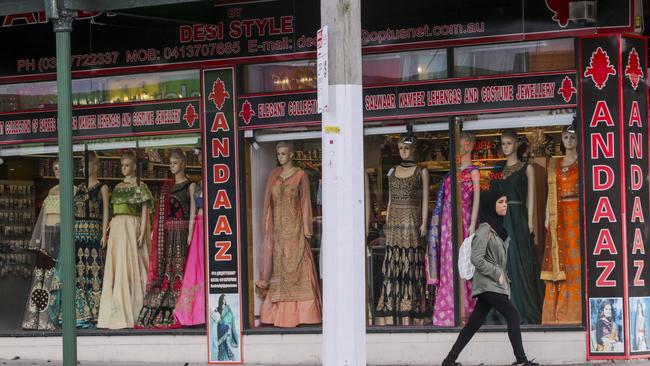
In late 2015, the state government formally recognised Dandenong as Melbourne’s Indian Cultural Precinct.
A $290m revitalisation of the area in 2005-06 saw the conversion of land formerly used for market stockyards to housing and brought unprecedented change as well as large scale development.


